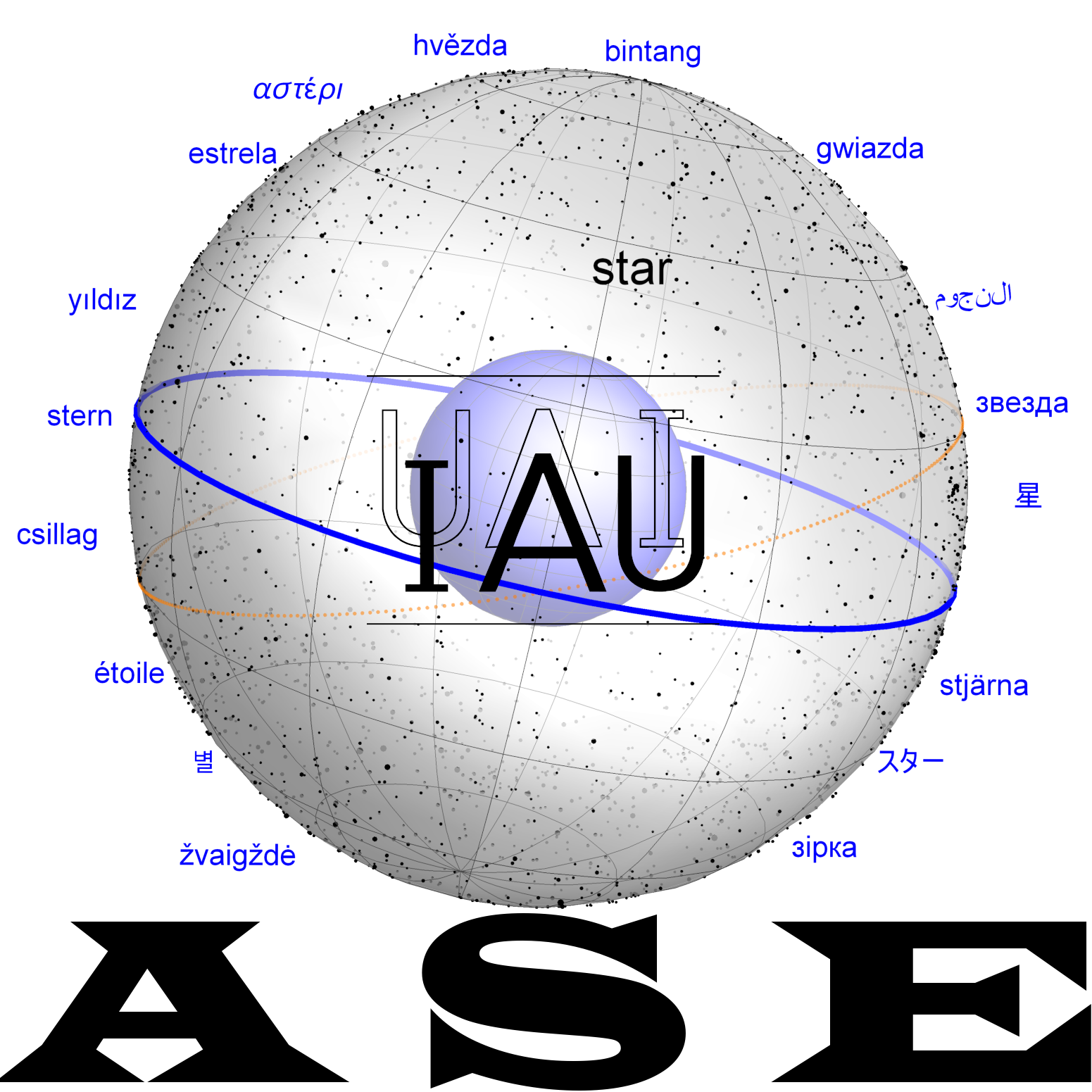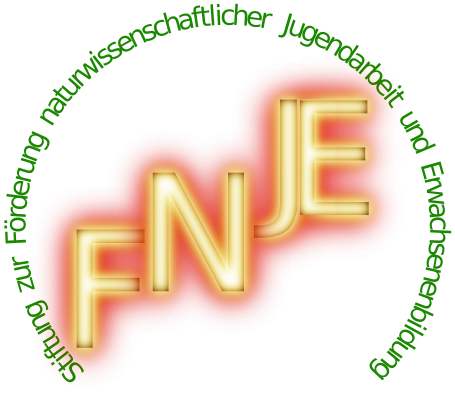Bašmu: Difference between revisions
No edit summary |
No edit summary |
||
| Line 3: | Line 3: | ||
{{DISPLAYTITLE:''Bašmu''}} |
{{DISPLAYTITLE:''Bašmu''}} |
||
==Dictionary== |
==Dictionary== |
||
| ⚫ | |||
= |
|||
* (a) UŠUM, UŠUMGAL, |
* (a) UŠUM, UŠUMGAL, |
||
* (b) MUŠ.ŠA<sub>3</sub>.TUR<sub>3</sub>/TUR, |
* (b) MUŠ.ŠA<sub>3</sub>.TUR<sub>3</sub>/TUR, |
||
* (c) MUŠ.A.AB.BA; = "(mythological) poisonous snake", according to [Landsberger 1934, 3:6-8, 58; AHw, 112a]; |
* (c) MUŠ.A.AB.BA; = "(mythological) poisonous snake", according to [Landsberger 1934, 3:6-8, 58; AHw, 112a]; |
||
| ⚫ | |||
===Kurtik with Hilder, Hoffmann, Horowitz, Kim=== |
===Kurtik with Hilder, Hoffmann, Horowitz, Kim=== |
||
Revision as of 14:16, 30 January 2025
(mul) dBašmu is an ancient Mesopotamian asterism in the form of a mythological sea-serpent of some type which is for now attested in Akkadian just the one time in the St. Petersburg edition of the ‘Old Babylonian Prayers to the Gods of the Night.’ Outside astronomical/astrological texts, bašmu is a regular member of the group of monsters of the sea-goddess Tiamat who are defeated by Marduk which also include the mušhuššu (mul)MUŠ.ḪUŠ (Lambert 2013: 230-234). An identification with Hydra has been proposed in the past but cannot be proved on the basis of the single occurance of the name in the prayer.
Dictionary
A constellation in Hydra (?) [CAD B, 141-142; G. 51; Wiggermann 1992, 166-168; 1997].
- (a) UŠUM, UŠUMGAL,
- (b) MUŠ.ŠA3.TUR3/TUR,
- (c) MUŠ.A.AB.BA; = "(mythological) poisonous snake", according to [Landsberger 1934, 3:6-8, 58; AHw, 112a];
Kurtik with Hilder, Hoffmann, Horowitz, Kim
| Sources | Identifications |
|---|---|
| "Prayers to the Gods of the Night".
Erm. 15642: (mul)ba-aš-mu-um [Horowitz 2000, 196-8:20], and also see. [Shileiko 1924, 147; Dossin 1935, 180; von Soden 1936, 306]. |
Additional
II. Deity.
Bašmu — a mythological animal, a serpent dragon of the god Ningišzida (see n29) (according to Wiggermann, the latter statement cannot be reliably proven [Wiggermann 1992, 165-6]). Bašmu was also connected with Ishkara (see i17) and some other deities.
Urra XIV cites identities: muš.ušumgal, muš.ša3.tur3, muš.a.ab.ba = ba-aš-mu [Landsberger 1932, 3:6-8], describing three aspects of bašmu. One Akkadian word corresponds to three Sumerian terms. Perhaps, here we are talking about different mythological characters. Wiggerman distinguishes two characters: (1) ušum, ušumgal = bašmu 'The poisonous snake' or 'The great poisonous snake'; a horned snake with clawed front paws, depicted vertically or horizontally; its main function — to frighten the gods, killing, probably with the help of its poison; (2) muš.ša3.tur3/tur = bašmu, lit. "Snake - mother's womb", or "Snake - birth"; a horned snake with no front paws [Wiggermann 1992, 166-8]. To this, in our opinion, it is necessary to add: (3) muš.a.ab.ba = ba-aš-mu "Sea serpent". In Neo-Assyrian myths, its dimensions are defined: ina tāmti(a.ab.ba) ib-ba-ni mušba-[aš-mu] / 1 šu.ši bērū(danna) ša2-kin2 u2-rak-[šu] "The serpent Ba[šmu] was created in the sea. [Its] length is 60 double miles" [KAR, 6 ii 21-22; CAD B, 141a; Livingstone 1986, 91; MCG, 35].
III. Symbol.
Bašmu — a horned serpent dragon with (or without) a crown, two front clawed paws (or without), a long tail, sometimes with wings [Black-Green 1992, 167-8; LABS, Fig. 29; Van Buren, 1946; Wiggermann 1992, 188, fig. 2 a-c; 1997]. A similar depiction (a reclining dragon with forelegs of a lion(?), with wings, and a long tail) is presented on the Seleucid tablet VAT 7847; next to it there is an inscription: mulMUŠ "Snake" [Kurtik 2007. [Kurtik 2007, fig. 11]. Wiggerman thinks that this is an abbreviation of MUŠ.ŠA3.TUR3 = bašmu [ibid, 166], i.e. here, probably, we have a direct image of bašmu presented, as it was thought at the end of the 1st millennium BC. See also the picture on kudurru [Kurtik 2007, fig. 48].
IV. Identification.
Bašmu is usually identified with mul dMUŠ, a Mesopotamian prototype of the Greek Hydra [Black-Green 1992, 140; CAD B, 141-142; G. 51; Livingstone 1986, 91; Reiner 1995, 66], although reliable evidence is lacking. However, Bašmu's aquatic character and his connection with Ningišzida make such an identification probable.
Historical Dictionaries
| Kurtik (2022, a13) | Gössmann (1950) |
|---|---|
| = a) UŠUM, UŠUMGAL, b) MUŠ.ŠA3.TUR3/TUR, с) MUŠ.A.AB.BA; = «(мифологическая) ядовитая змея», согласно [Landsberger 1934, 3:6–8, 58; AHw, 112a]; созвездие в Гидре (Hydra) (?) [CAD B, 141–142; G. 51; Wiggermann 1992, 166–168; 1997].
I. Источники. «Молитвы ночным богам». Erm. 15642: (mul)ba-aš-mu-um [Horowitz 2000, 196–8:20], а также см. [Шилейко 1924, 147; Dossin 1935, 180; von Soden 1936, 306]. II. Божество. Bašmu — мифологическое животное, змеиный дракон бога Нингишзиды (см. n29) (согласно Виггерману, последнее утверждение нельзя считать надежно доказанным [Wiggermann 1992, 165–6]). Bašmu был связан также с Ишхарой (см. i17) и некоторыми другими божествами. В Urra XIV приводятся тождества: muš.ušumgal, muš.ša3.tur3, muš.a.ab.ba = ba-aš-mu [Landsberger 1932, 3:6–8], характеризующие три аспекта bašmu. Трем шумерским терминам поставлено в соответствие одно аккадское слово. Возможно, здесь речь идет о разных мифологических персонажах. Виггерман различает два персонажа: (1) ušum, ušumgal = bašmu «Ядовитая змея» или «Большая ядовитая змея»; рогатая змея с передними когтистыми лапами, изображавшаяся вертикально или в горизонтальном положении; основная ее функция — устрашение богов, убийство, вероятно, при помощи яда; (2) muš.ša3.tur3/tur = bašmu, букв. «Змея – материнская утроба», или «Змея – рождение»; рогатая змея, у которой не было передних лап [Wiggermann 1992, 166–8]. К этому, на наш взгляд, необходимо добавить: (3) muš.a.ab.ba = ba-aš-mu «Морской змей». В новоассирийском мифе определяются его размеры: ina tāmti(a.ab.ba) ib-ba-ni mušba-[aš-mu] / 1 šu.ši bērū(danna) ša2-kin2 u2-rak-[šu] «Змей Ба[шму] сотворен в море. [Его] длина составляет 60 двойных миль» [KAR, 6 ii 21–22; CAD B, 141a; Livingstone 1986, 91; MCG, 35]. III. Символ. Bašmu — рогатый змеиный дракон с короной (или без нее), двумя передними когтистыми лапами (или без них), длинным хвостом, иногда с крыльями [Black–Green 1992, 167–8; LABS, Fig. 29; Van Buren, 1946; Wiggermann 1992, 188, fig. 2 a–c; 1997]. Похожее изображение (лежащий змеиный дракон с передними лапами льва(?), крыльями и длинным хвостом) находим на селевкидской табличке VAT 7847, рядом надпись: mulMUŠ «Змея» [Куртик 2007, рис. 11]. Виггерман полагает, что это сокращение от MUŠ.ŠA3.TUR3 = bašmu [ibid., 166], т.е. здесь, возможно, мы имеем изображение непосредственно bašmu, как он мыслился в конце I тыс. до н. э. См. также изображение на кудурру [Куртик 2007, рис. 48]. IV. Отождествление. Bašmu, как правило, отождествляют с mul dMUŠ, месопотамским прообразом греческой Гидры [Black–Green 1992, 140; СAD B, 141–142; G. 51; Livingstone 1986, 91; Reiner 1995, 66], хотя надежные свидетельства отсутствуют. Однако водный характер Bašmu и его связь с Нингишзидой делают такое отождествление вероятным. |
Example |




